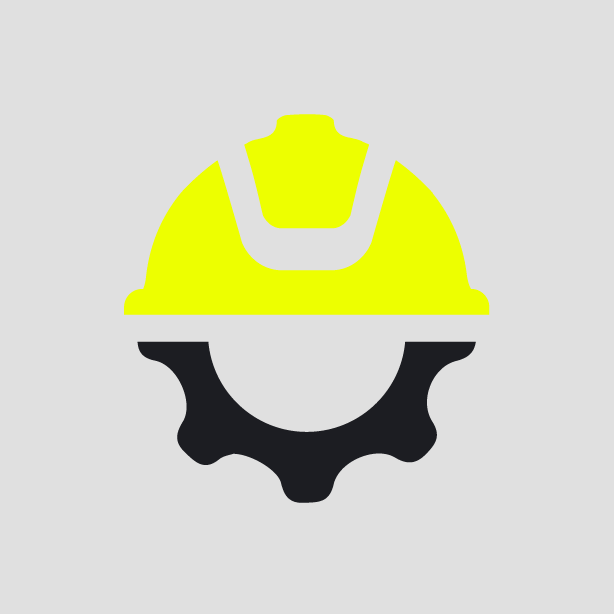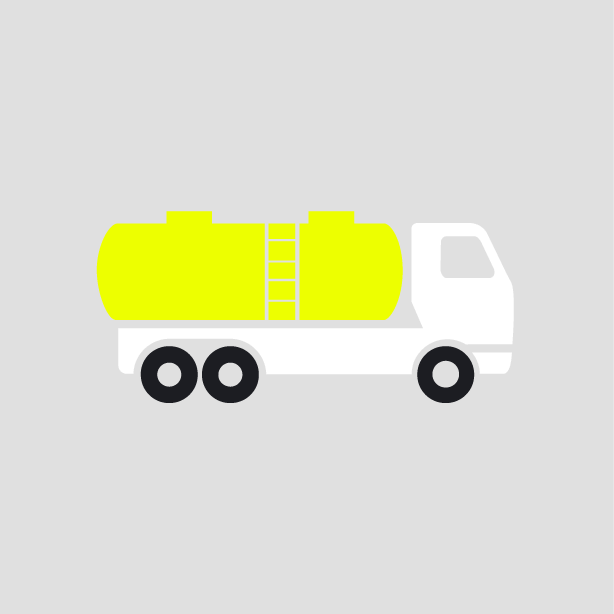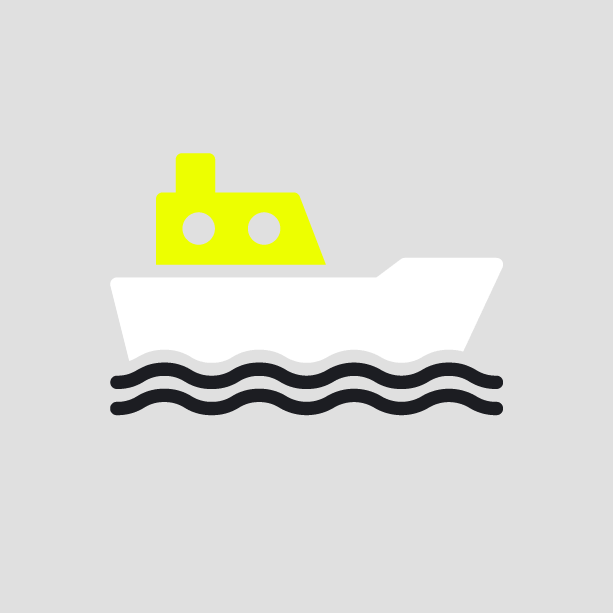-
What happened?
A worker was performing hardness testing on a piping weld located in an elevated pipe rack.
He accessed the work area by scaffold (with mesh netting between the platform and handrails).
The worker placed his shoulder strap tool bag on the nearby piping outside of the scaffold mesh net area and opened it.
He then moved, inadvertently bumping the bag, and causing a 3lb (1.3kg) hammer and an 8oz (0.2kg) eyepiece to fall out.
The objects fell between the pipes, struck a pipe rack support, and then landed on the ground in an unbarricaded area.
No one was injured, and no equipment was damaged.
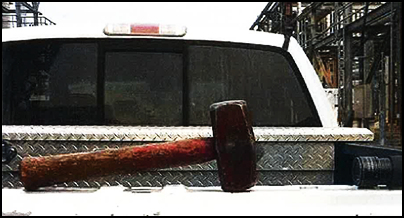
-
Why did it happen?
The worker placed the bag outside the meshed work area and left it unzipped.
This created a new hazard that was not identified or planned for.

-
What did they learn?
During toolbox talks and training, emphasise the importance of:
- Securing tools inside the bag when working from height.
- Keeping tools/tool bags inside the designated work areas (and not outside the mesh netting).
Use real-life examples to reinforce learnings.
Focus on practical ways to keep control of tools and materials while working at heights (e.g. use of tool lanyards, closed bags etc).
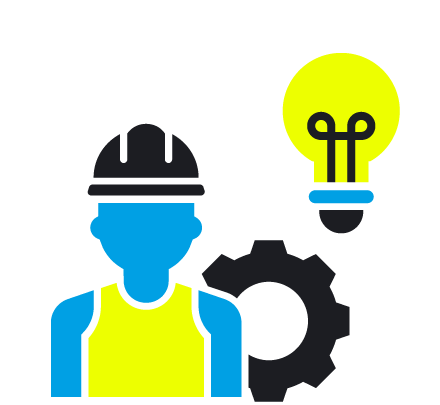
-
Ask yourself or your crew
How do you keep your tools secured when working from height?
How do you know what is the best tool storage to use for the job (bag/belt/box/backpack etc.) and where can you safely leave it during the task?
What should you do if the work conditions are not right?
Did something similar ever happened to you? Was anybody hurt or could they have been?

Add to homescreen
Content name
Select existing category:
Content name
New collection
Edit collection
What happened?
A worker was performing hardness testing on a piping weld located in an elevated pipe rack.
He accessed the work area by scaffold (with mesh netting between the platform and handrails).
The worker placed his shoulder strap tool bag on the nearby piping outside of the scaffold mesh net area and opened it.
He then moved, inadvertently bumping the bag, and causing a 3lb (1.3kg) hammer and an 8oz (0.2kg) eyepiece to fall out.
The objects fell between the pipes, struck a pipe rack support, and then landed on the ground in an unbarricaded area.
No one was injured, and no equipment was damaged.

Why did it happen?
The worker placed the bag outside the meshed work area and left it unzipped.
This created a new hazard that was not identified or planned for.
What did they learn?
During toolbox talks and training, emphasise the importance of:
- Securing tools inside the bag when working from height.
- Keeping tools/tool bags inside the designated work areas (and not outside the mesh netting).
Use real-life examples to reinforce learnings.
Focus on practical ways to keep control of tools and materials while working at heights (e.g. use of tool lanyards, closed bags etc).
Ask yourself or your crew
How do you keep your tools secured when working from height?
How do you know what is the best tool storage to use for the job (bag/belt/box/backpack etc.) and where can you safely leave it during the task?
What should you do if the work conditions are not right?
Did something similar ever happened to you? Was anybody hurt or could they have been?
A worker was performing testing on a piping weld in an elevated pipe rack. He inadvertently bumped his unsecured, open tool bag and a hammer and eyepiece fell to the ground.









